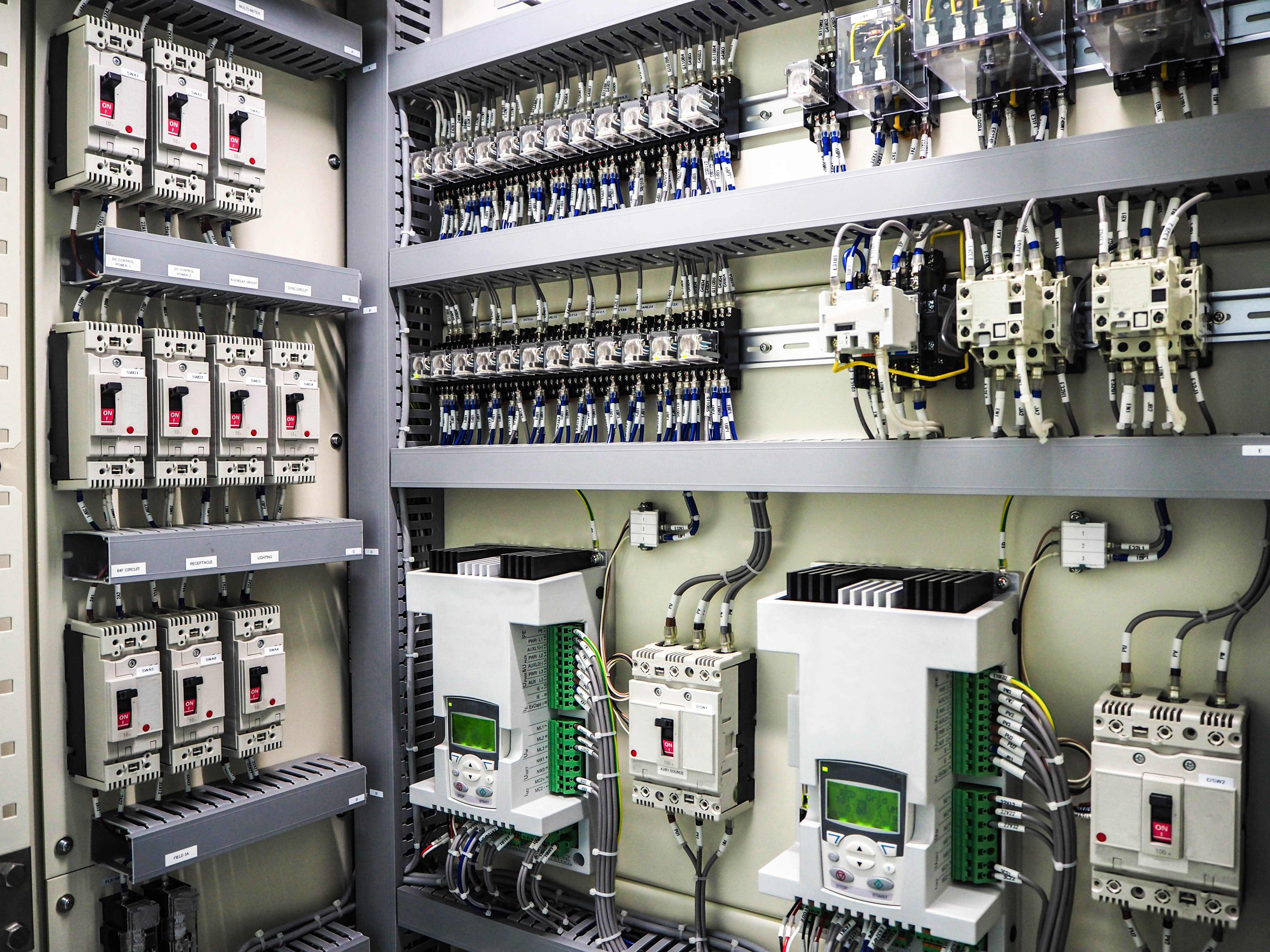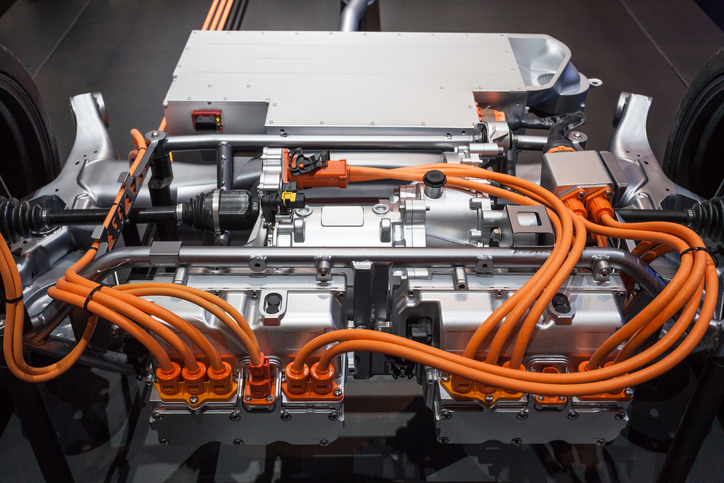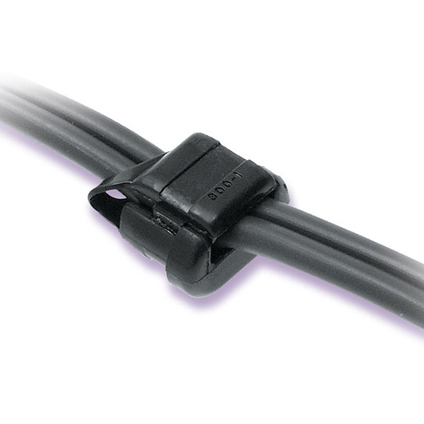Wiring Distribution Panels: Cable Types, Installation, & More
Distribution panels, breaker panels, load center, and/or distribution boards—any name you call them, they're a key part of every electrical system. Wiring distribution panels serve as the central hub and nerve center, routing power from the main service feed to multiple circuits.
When setting up such a significant component of industrial, commercial, and utility applications, it's essential to get everything right. When wiring distribution panels are correctly set up, they're safe and reliable; however, if something goes wrong, they can lead to catastrophic disasters.
So here's what you need to know about wiring distribution panels, to make sure yours operates exactly as needed and as expected.
Understanding the Role of Distribution Panels
Distribution panels connect to utility transformers. They divide the incoming power into different circuits. Each circuit supplies a specific load, whether it’s going to a lighting bank, an HVAC system, machinery and equipment, or a set of receptacles.
But distribution isn’t the panel’s only job. The distribution panels also serve as protectors of downstream equipment and wiring using circuit breakers and fuses. Should a branch circuit get overloaded or faulty, the breaker will trip, isolating the issue and preventing damage and fire.
When a distribution panel is well-designed, you can rely on it to provide safe, efficient power distribution. On the other hand, if the breaker panel is poorly designed, the risks include voltage drop, overheating, nuisance tripping, and failure. With so much riding on the distribution panel's performance, the wiring solutions must be optimized. 
Wiring distribution panels generally serve four primary purposes:
- Centralization: The panel serves as a central hub where incoming power is divided and routed.
- Overcurrent protection: Breakers and fuses inside the wiring distribution panel are in place to prevent system overloads.
- Circuit Isolation: Allows you to control circuits individually so that they can be turned off for maintenance and updates.
- Monitoring: Today’s smart panels often feature specialized capabilities, including metering and remote monitoring.
With so much depending on the wiring distribution panels, it's critical to get the wiring selection and setup in the panel correct. Cutting corners on cabling choices can undermine the safety features of even the most well-designed panel.
Regulatory Compliance: Codes & Standards to Know
Fortunately, there are national and local electrical codes that help establish standards to ensure that wiring panels adhere to safety principles.
In the United States, the NEC (National Electric Code, NFPA 70) governs wiring methods, conductor sizing, ampacity ratings, insulation types, and the protection methods needed for wiring. The UL Standards also apply to many of the pane components, such as bus bars, breakers, and enclosures. Wiring must also meet UL specifications if it's part of a UL panel assembly.
Internationally, similar standards apply. IEC 61439 specifies construction and performance requirements for low-voltage switch and control gear assemblies. The CSA standards (specifically CSA C22.2) align with their NEC counterparts in the USA, but apply to Canadian panels.
Note that local authorities may have additional rules and regulations, which often involve stricter interpretations for their respective jurisdictions. When sourcing wire and cable, confirm the certification meets the requirements for your market. Complying with local guidelines can guarantee your panel will pass any needed inspections and lowers the risk and liability of a wiring mistake.
Choosing the Right Wire and Cable for Distribution Panels
How do you ensure your distribution panel is up to par? It’s all about the wiring and cable that feed and connect the panels. Cables must be made to withstand any environmental stressors and mechanical strain while carrying appropriate current loads.
So, what are the key considerations to be aware of when selecting wire for your distribution panel setup?
1. Conductor Material
Most panel applications utilize copper conductors due to their reliability and durability. Copper offers superior conductivity and flexibility. It's fatigue-resistant and works for tight bends and vibration-prone applications.
The other option is aluminum. While aluminum is lighter (and often cheaper) than copper, the gauges must be large enough to provide equivalent ampacity. Aluminum also requires special terminations to guard against galvanic corrosion.
2. Conductor Gauge & Ampacity
The conductor gauge determines the maximum safe current that a wire can carry. If a conductor is undersized, it can cause overheating and voltage drop. At the same time, an oversized conductor can be costly and difficult to terminate.
Use the NEC Table 310.16 to size your conductors correctly. The table examines factors such as ampacity and insulation temperature ratings to help you find the best fit for your application.
3. Insulation Type
Wiring insulation must be able to hold up under the environmental and thermal conditions that exist inside the panel. There are several excellent choices, depending on the application's needs.
THHN and THWN are heat- and moisture-resistant insulation types commonly used in panel wiring. XLPE (cross-linked polyethylene) has excellent dielectric properties and offers a high level of thermal resistance. Silicone and Teflon options can also be a good choice for situations that require high flexibility or tolerance to high heat. Finally, PVC is the most cost-effective insulation but has lower temperature protection ratings.
4. Flexibility
A wiring distribution panel can be fairly small for all that it does. The wires and cables that feed into the panels often must tolerate tight bends as they reach breakers or bus bars. For optimal flexibility, stranded conductors are a good answer and also resist vibration.
Solid conductors are a good choice for fixed, straight runs.
5. Voltage Rating
The cable that you choose for your wiring distribution panel must be rated for the system voltage. Depending on the application, 300 V, 600 V, or even higher might be the best choice. It's essential to choose wire with the correct rating, as under-rated wire poses a safety hazard.
Common Cable Types for Distribution Panels
What are the most widely used wire cabling for distribution panelboard applications? Here are the details of the most frequently selected wiring:
Building Wire (THHN/THWN-2)
Building wire is used for general wiring purposes. These wires resist heat, moisture, and other hazards, such as gasoline and oil. They're best suited for standard commercial and industrial panels.
MTW (Machine Tool Wire)
Machine tool wire, or MTW, is typically found within the internal wiring setup of panels for industrial control equipment. This wire is flexible, oil-resistant, and rated up to 600V. It's a good option for OEM panel builders who may need UL-listed wiring.
XHHW-2
Feeder circuits and service entrance conductors often use XHHW-2 wire. The wire features cross-lined polyethylene insulation with high temperature and abrasion resistance. It's an ideal solution for panels that must withstand harsher and higher-temperature environments.
Tray Cable (TC, TC-ER)
Tray cable is used for power and control wiring in ducts, conduits, and cable trays. The cabling is available in multiconductor configurations and rated for direct burial (TC-ER). Tray cable is the best choice for large industrial panels and applications that feature complex control wiring.
Flexible Power Cable (DLO, Welding Cable)
Finally, flexible power cables, such as welding cables and DLO, are frequently used in generators, battery connections, and temporary power feeds. Thanks to the fine-stranded and high ampacity features of Flexible Power Cable, it's ideal for applications that call for repetitive flexing and tight bending. This cable choice also offers high-ampacity.
Quality distribution panel wiring and cable are a central part of the equation. But reliable wiring solutions also require quality accessories and terminations. There is an array of accessories that may be necessary for wiring.
Wiring accessories include:
- Lugs and terminals
- Bus bars
- Distribution blocks
- Conduit and raceway
- Cable markers
At IEWC, we can help you find the wiring and accessories you need for your distribution panel setup. We're here to ensure your selection process goes smoothly and affordably, while also providing you with the safety and dependability you require.
Wire Installation Best Practices
Quality wiring will still fail if it's not correctly installed. There are a few best practices to help you get the perfect setup and maintain the parts and wiring for the longest possible lifetime.
Start with pre-planning your panel layout. You’ll want to route conductors to maintain clearances and minimize crossing inside the panel. You’ll also want to select wire with the proper bend radii. Flexibility will help you avoid kinking. For guidance, follow the NEC/IEC minimum bend radius guidelines.
High and low-voltage wiring should be separated. This will help reduce the risk of interference (and ensure the wiring is up to code).
Another area to pay attention to is the terminations. Over- or under-torquing lugs can cause heat buildup, which ultimately leads to wire failure.
As you plan your panel, label everything. The precise identification will help you immensely during inspections and when performing upkeep and maintenance on your setup.
As before, when taking the panels live, use a multimeter or insulation tester to verify continuity and insulation resistance.
Once the panel is operational, the work isn't quite finished. Conducting regular inspections and performing routine maintenance on your panels is a must. Thermal imaging can reveal any hotspots from loose connections. Protect the panel from dust and moisture, whenever possible, as debris can degrade the insulation and increase the risk of arcing. The panel interior should be clean and dry.
Regularly check and retorque lug and termination connections to maintain proper torque. Most manufacturers recommend performing this maintenance annually. Look for insulation discoloration or cracking. Replace any damaged conductors immediately, as they will continue to deteriorate over time.
Sourcing reliable wire and cable extends beyond meeting code requirements. Using the proper materials and following the correct installation process will help you avoid the risks of downtime and the costs associated with rework. This will also help you pass that safety and security on to your end customers.
At IEWC, we offer a range of UL and CSA-approved building wire, specialty cables, and machine tool wire for panel applications. We have technical experts who can support you in your selection and help you streamline the wiring process. Wiring and cable are never a place to cut corners.
It’s always a good idea to partner with a trusted wire and cable supplier, like IEWC. We can help you explore options to make sure your wiring distribution panels offer maximum safety, reliability, and performance.
Related Resources

What is a Cable?
Cable, or cabling, consists of the twisting together of two or more insulated conductors.Learn More
High Voltage Wire & Cable Guide
High-voltage or HV wire and cable are necessary for many industrial applications that rely on dependable high-power transmission. Whether you’re looking for the right HV cable for your application or trying to learn more about how HV wire and cable work, we’ll break it down for you.Learn More
How to Choose the Right Wire or Cable
In selecting a wire or cable for an application, several factors should be considered. Learn More


